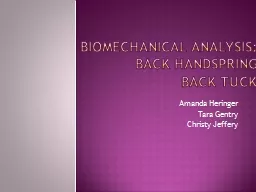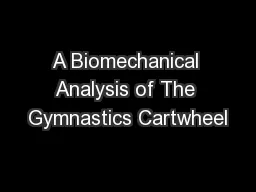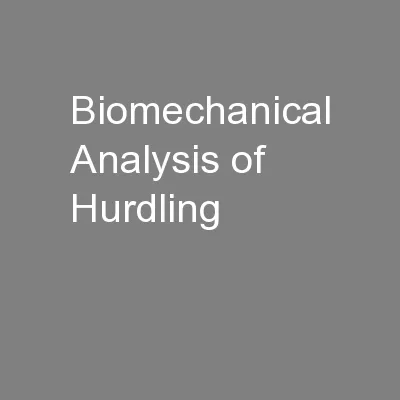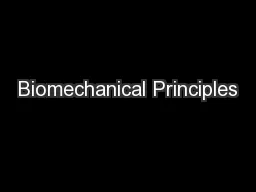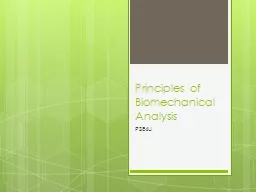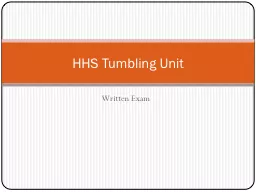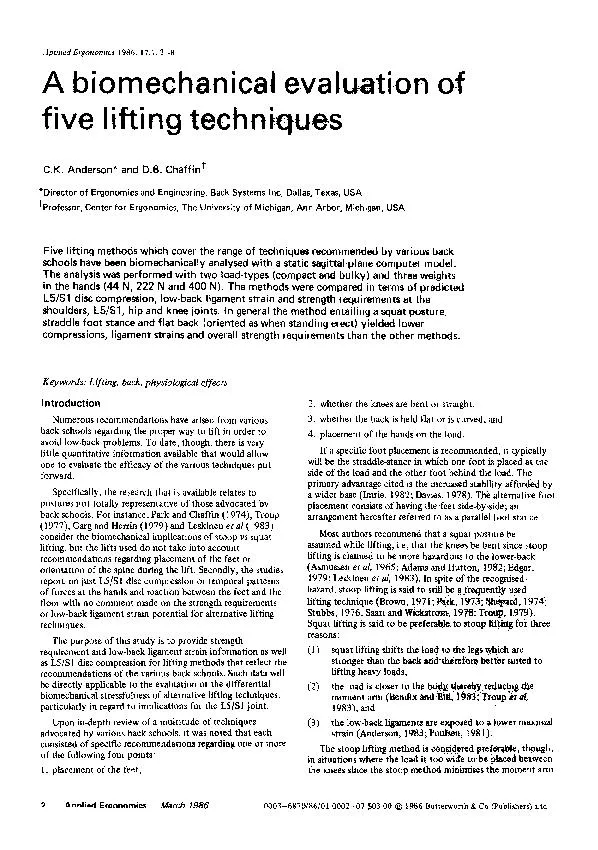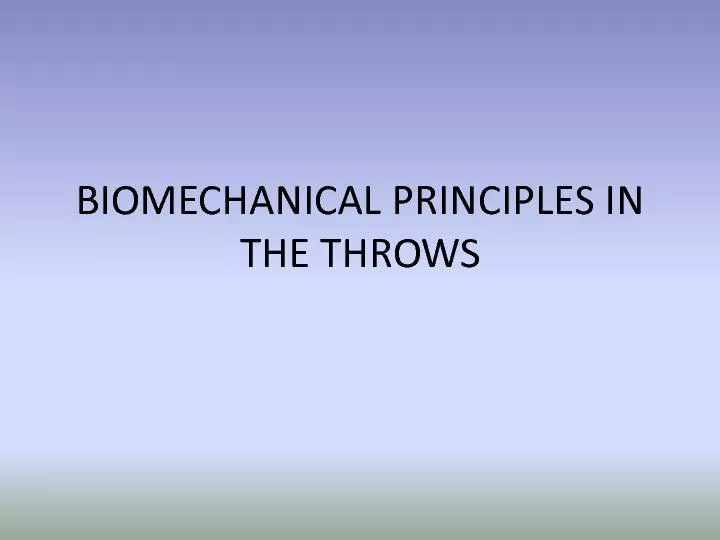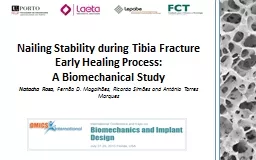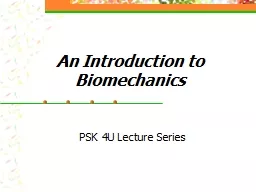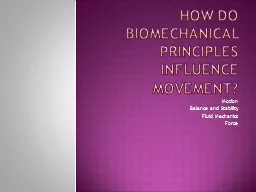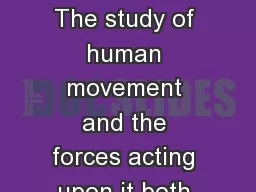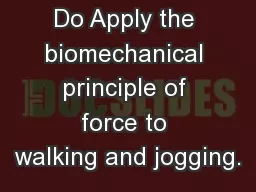PPT-Biomechanical analysis:
Author : mitsue-stanley | Published Date : 2017-11-14
Back handspring Back Tuck Amanda Heringer Tara Gentry Christy Jeffery Defined Back handspring an acrobatic move in which a person executes a complete revolution
Presentation Embed Code
Download Presentation
Download Presentation The PPT/PDF document "Biomechanical analysis:" is the property of its rightful owner. Permission is granted to download and print the materials on this website for personal, non-commercial use only, and to display it on your personal computer provided you do not modify the materials and that you retain all copyright notices contained in the materials. By downloading content from our website, you accept the terms of this agreement.
Biomechanical analysis:: Transcript
Download Rules Of Document
"Biomechanical analysis:"The content belongs to its owner. You may download and print it for personal use, without modification, and keep all copyright notices. By downloading, you agree to these terms.
Related Documents

